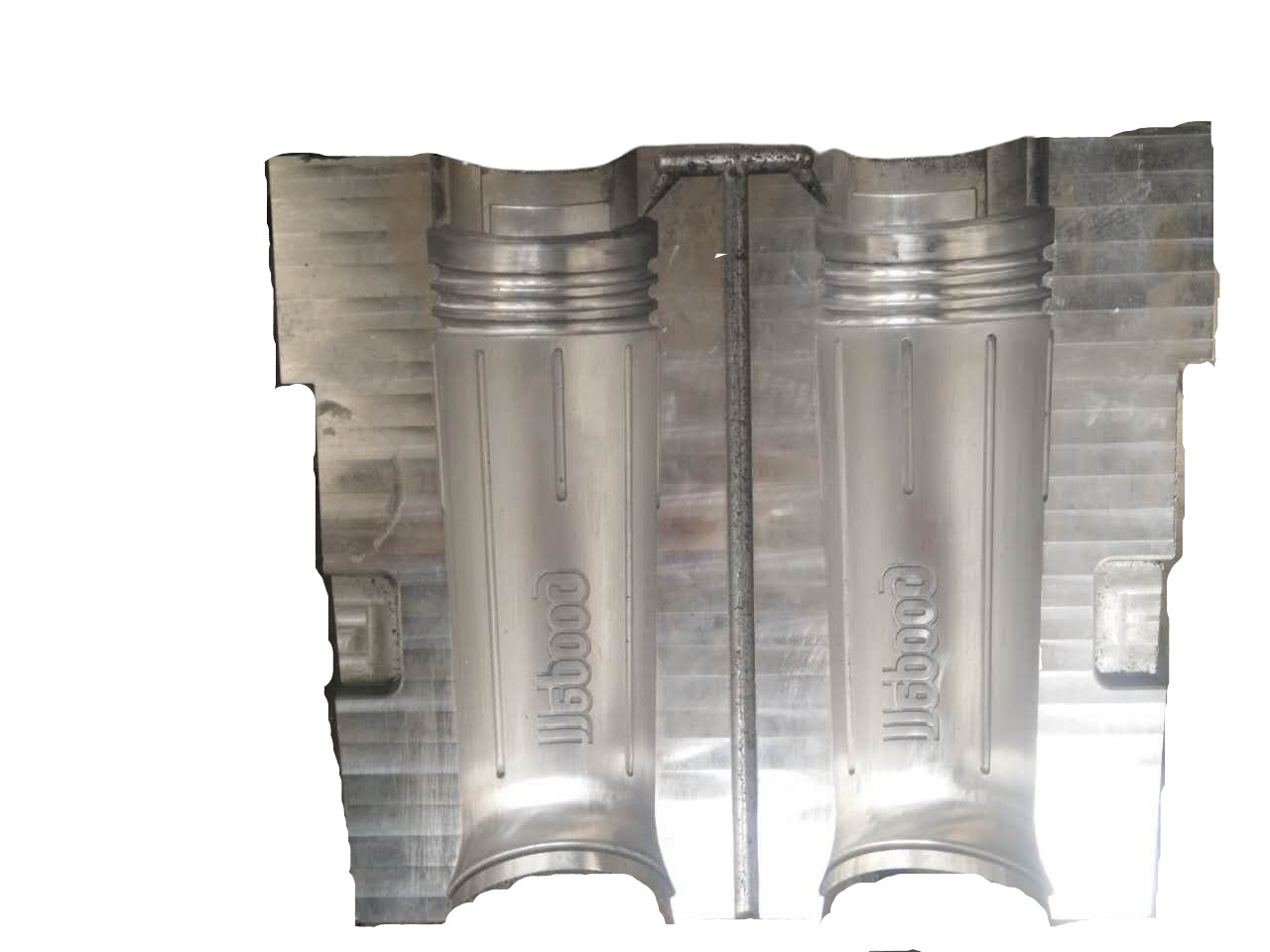
Precisely what is plastic injection creating?
Thermoplastic injection creating is a method for manufacturing high-volume parts with clear plastic materials. Due to its reliability and overall flexibility in design options, injection creating is employed in many industries, including: packing, consumer & electronic products, automotive, medical, and many others.
What are the most frequent types of treatment molding processes?
Typically the traditional thermoplastic treatment molding process can be modified to include processes that help to boost part quality and part design overall flexibility. Here are a few some instances:
Thermoset injection creating
Molding with thermoset materials requires heating or chemical means to cross-link polymer bonded chains.
Overmolding
Overmolding is an treatment molding process where one material is molded on top of another.
Gas-assisted injection molding
Inert gas is unveiled, at high pressure, in the polymer burn at the ending of the treatment phase of creating.
Co-injection & Bi-injection creating
Injection of two different materials using either the same or different injection locations.
Microcellular injection molding
Apply of physical forced agent, chemical forced agent (CBA), or mold core-back process to trigger foaming of polymer inside the mold.
Powder snow injection molding (PIM)
Forming way of producing small components using powders, typically ceramics (CIM) or metals (MIM), and binding agents
Exactly what some features of treatment molding?
Injection creating manufactures high volumes of parts, faster than other making methods (machining or 3D-printing). High accuracy and reliability and automated operations encourage identical part creation, promoting low labor costs. Modification allows overall flexibility in part design (ex. molded-in inserts) and material properties (ex. color, clarity, durability, & flexibility).
Precisely what challenges can seem with injection creating?
Part designers, mould engineers, and other manufacturing stakeholders can all face their own challenges, which in the end affect part quality, and so they often need to be effective jointly to resolve or even caught in early design stages.
A new few examples of these challenges include material variations, welds lines, sink represents, warpage, long pattern times, and unfinished cavity filling.
How exactly does injection molding ruse software help?
Creating simulation can help designers and designers to understand hazards early in the design process, allowing the ability to address these before becoming fully used. Simulation software offers engineers, mold creators, and other creating professionals accurate digital prototyping solutions, and help bring better products to sell faster.